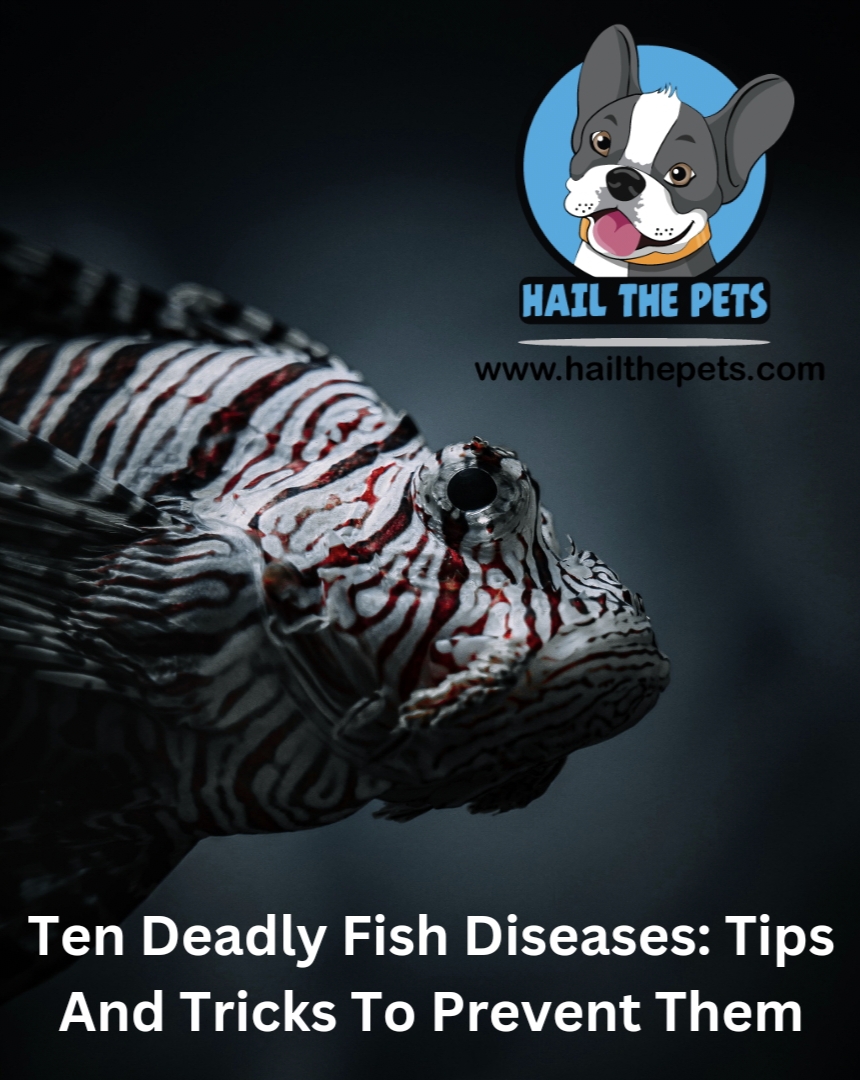Are you seeing something odd in your fish? Do you think that your fish is sick? Like other pet animals, fish get ill too. Your fish can develop any infection. It can either be bacterial, viral, or fish fungal infection. Some common examples include eye diseases, fin diseases, and scale diseases. In this article, we will discuss the ten deadly fish diseases and how to prevent them.
Anchor Worms
As the name states, anchor worms are not worms. Instead, they are large parasites that live on your pet fish. It mainly affects pond fishes by attaching to their skin and burying their head into their muscles. To read more on the life stage of anchor worms, click here.
Symptoms
If your fish has anchor worms, the most common symptom is red and inflamed scales on their body. A closer look also shows the body of these parasites on the scales. The body of these anchor worms resembles whitish-green threads. Another noticeable symptom is your fish rubbing their body against the aquarium.
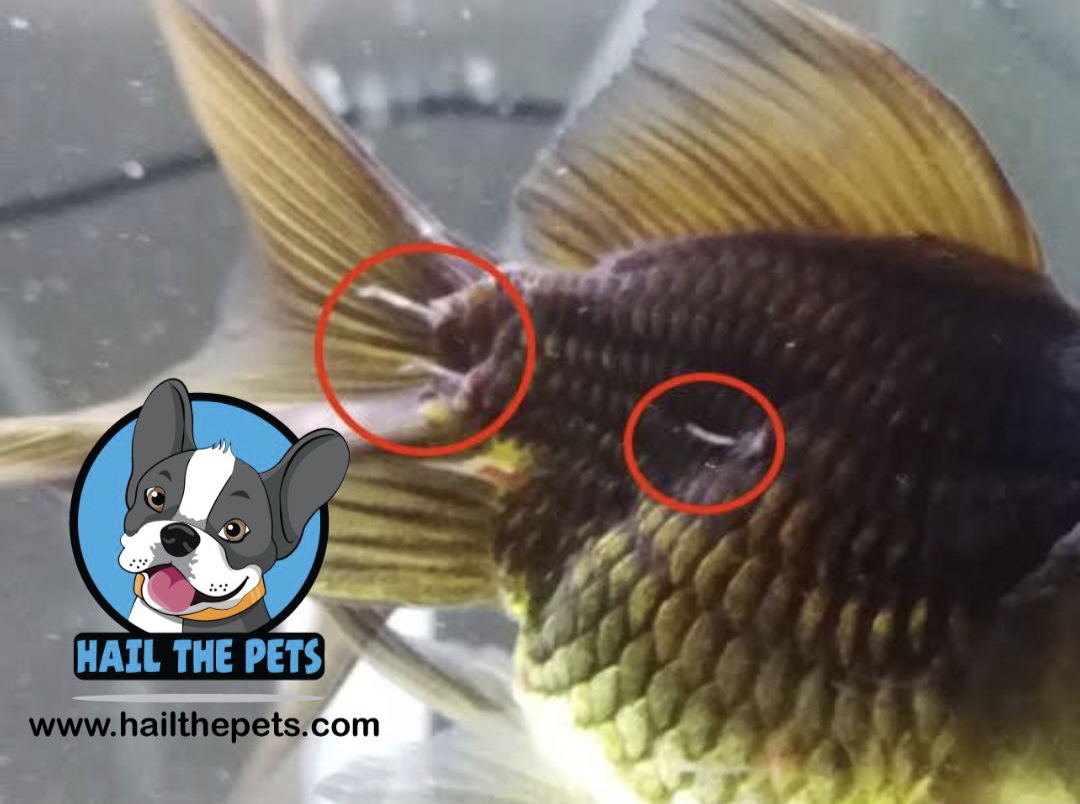
Prevention and Treatment
If large parasites attach to your fish’s body, pull them out of their scales. Once you remove the parasites, apply a topical antibiotic to their scales. Another preventive measure you can take is to clean your aquarium thoroughly. It will help to clear the eggs of the parasites in the tank.
Red Pest Fish Diseases
Red pest fish disease is one of the most common bacterial infections your pet fish can get. Most of the ponds, as well as aquariums, have this bacteria. However, it can only affect a fish with a weak immune system. The red pest fish disease is not transferable, but it can cause a decrease in fish life.
To read more on other bacterial fish infections: bacterial infection is fishes
Symptoms
Your fish may develop red bloody spots or stripes on their skin, which are the most commonly visible fish disease symptoms. It can form either on the body, scales, or even fins. The signs of these fish diseases are most commonly visible in goldfish.
Read more: How to Create a Stimulating Underwater Paradise for your Fishes
As soon as you see the red spots on your fish’s body, it would be best to work on treating it. If left untreated, the fish diseases can ultimately kill your fish.
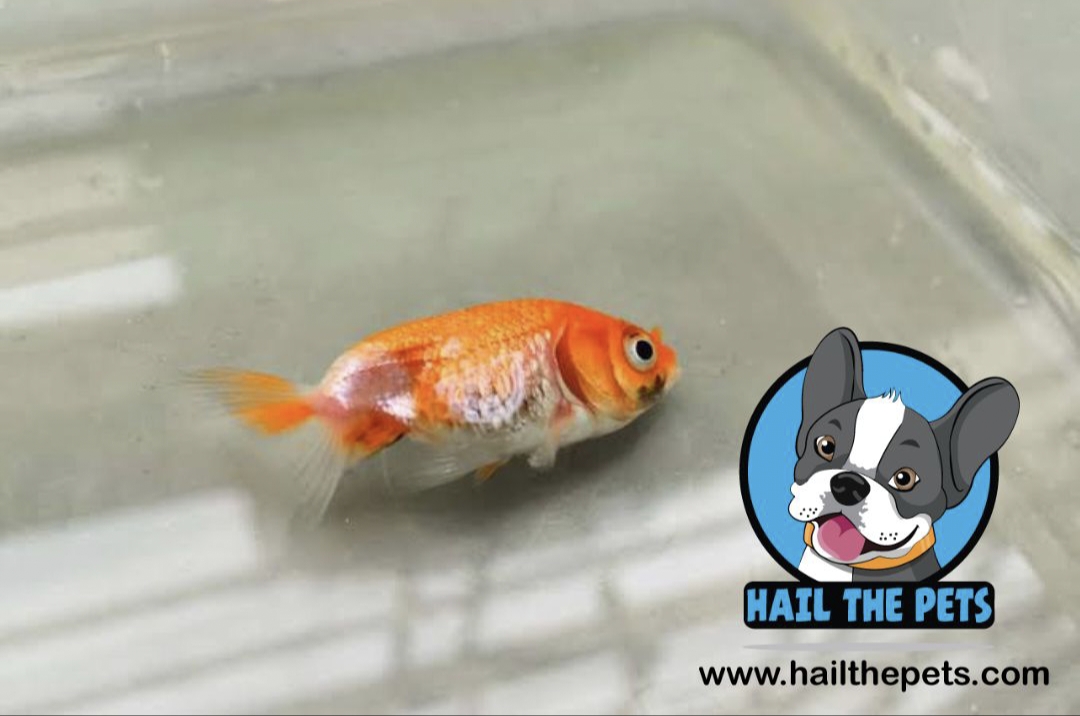
Read more about the symptoms: Fish disease symptoms
Prevention and Treatment
Since the infection is internal, you will have to work to give medications to treat it internally. As soon as the symptoms appear, clean the tank and disinfect it. The two most common disinfectants that people use include Acriflavine and Monacrin. Add antibiotics to the flake food. Chloromycetin and tetracycline are examples of two good antibiotics for fish.
Mouth Fungus
The other name for this disease is called cotton mouth. Contrary to its name, the causative agent for this disease is not a fungus but a rod-shaped bacteria, Flavobacterium columnare.

Symptoms
Mouth fungus starts from the lips with a grey or white line. It then slowly spreads to the mouth in the form of short tufts. The disease is fatal for any fish because the bacteria produce toxins that make the fish unable to eat. Hence, fish disease treatment is essential right from the beginning.
Prevention and Treatment
Pet fish owners must use antibiotics to get rid of this bacteria. Kanamycin works well against mouth fungus. Other antibacterial medications, such as Phenoxyethanol and Nifurpirinol, also give positive results. Also, establish a quarantine aquarium to place all your affected fish so it does not spread to others.
More on other fungal infections of fish: fish fungal infection
Dropsy
Dropsy is an actual disease. However, it may be fatal to your pet fish. It is a manifestation of kidney failure in fish. The leading cause for dropsy to develop may be a bacterial infection in fish or more prominently, kidney failure. There are other uncommon causes for dropsy, too. Click here to read more.
Read More: Common Health Issues in Cats: Symptoms, Risks and Preventive Care – September 2023
Symptoms
The most prominent system of dropsy is bloating of the body. Other than this, you may also observe protruding scales. Dropsy is usually due to fluid accumulation in the body or kidney failure.
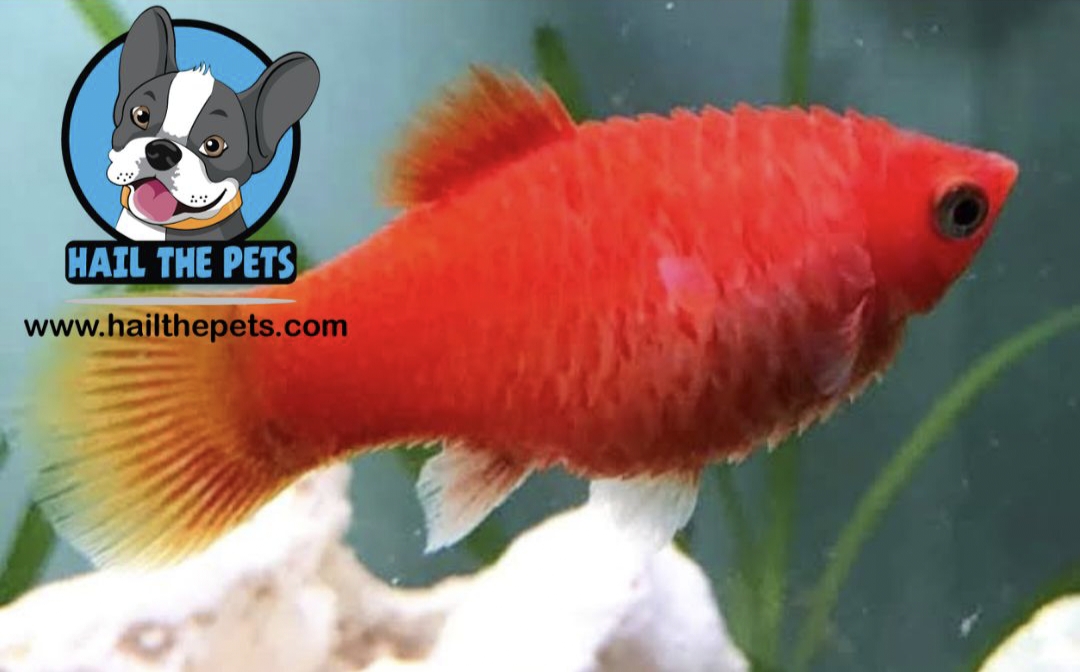
Prevention and Treatment
If you notice the symptoms of dropsy in your fish, start by placing it in a quarantine tank. It will help to reduce the stress that it feels. Dropsy is a critical condition that can even cause the death of the fish.
Another effective treatment is to add antibiotics to the flake food. Chloramphenicol or Tetracycline shows promising results against this condition.
Tail and Fin Rot
Tail and fin rot is a preventable and widespread disease in fishes. Flexibacter columnaris, Mycobacterium, and Pseudomonas are a few organisms that can cause these rots.
Read More: Common Health Issues in Cats: Symptoms, Risks and Preventive Care – September 2023
Symptoms
It is a disease that can cause disintegration of the fins so much that they reduce to stumps. The condition also exposes fin rays and causes blood on the edges of the fins. The untidy aquarium can also cause rot after an injury. Make sure to clean all their poop regularly and thoroughly.
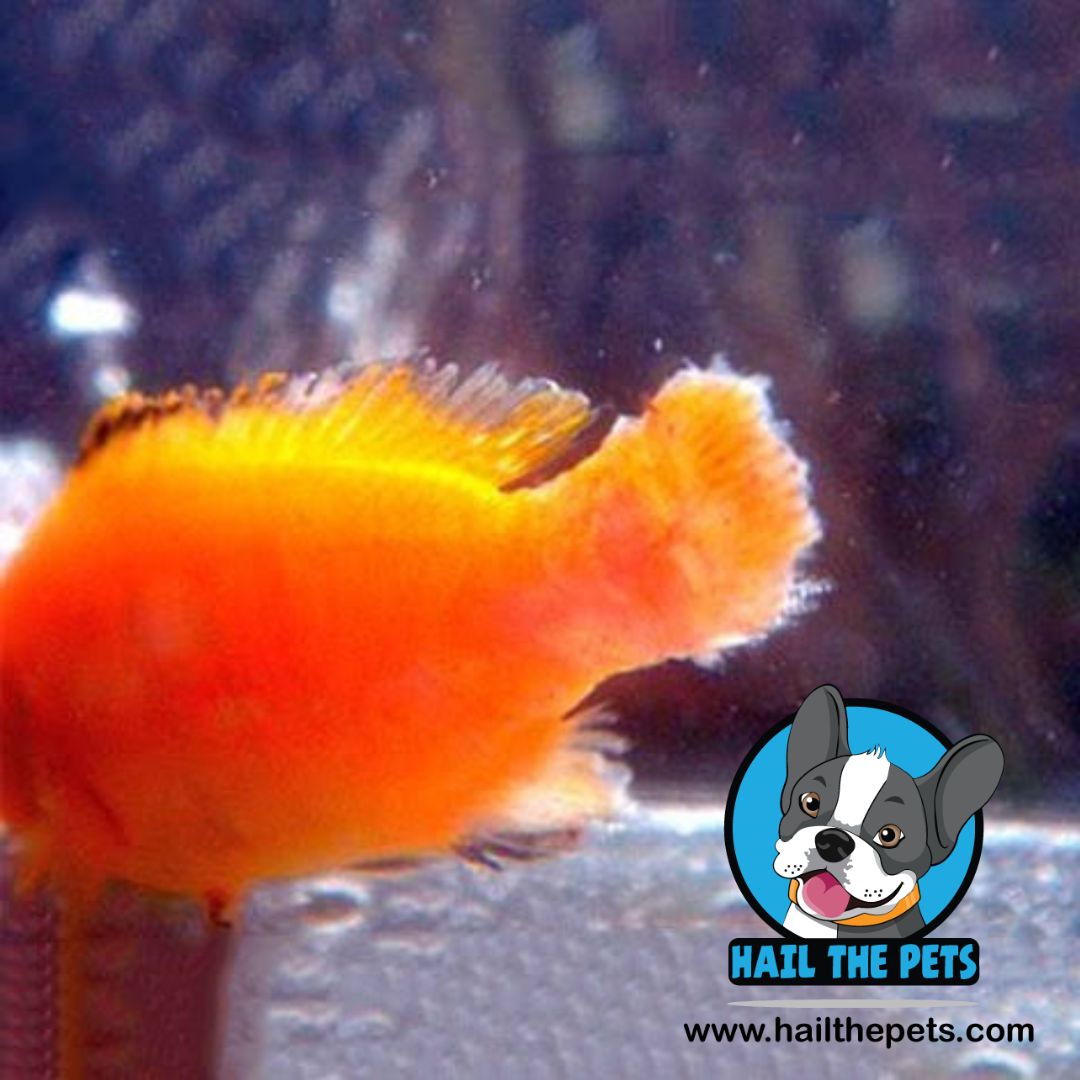
Read more: Do fish poop
Prevention and Treatment
You can check the conditions of your water tank. You can do a 25 percent water change if the water is unclean. Also, consider changing the gravel siphon at the bottom of the tank. Medications for the rot include Furan 2 and Melafix.
To read more on how to clean a fish tank: how often do you clean a fish tank
Freshwater Ich
It is a parasitic infection of the fish that can even kill them if you do not treat them. White spots are the other name for this disease. Stress is the main factor that causes Ich in fish. It can also be due to inadequate water conditions and overcrowding of the fish tank. If the fish are stressed, the immune system weakens, and the protozoan parasites cause infections.
Read more on how a dirty fish tank can affect your fishes: Dirty fish tank
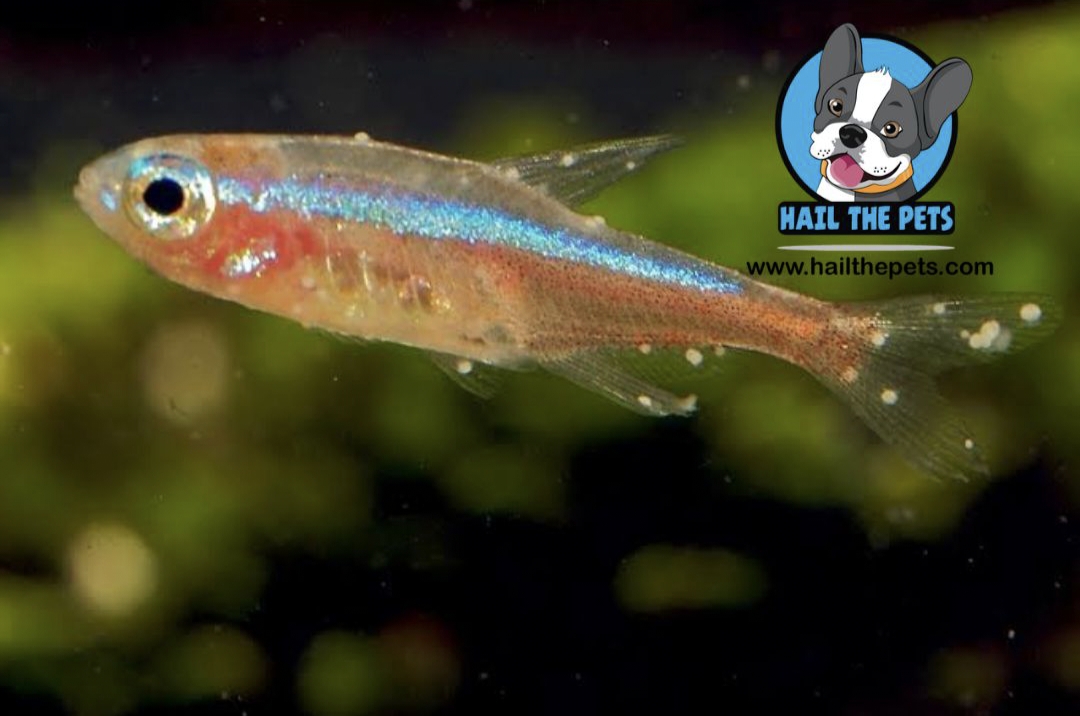
Symptoms
Ich affects the gills and skin of the fish. The parasite causes your fish to turn greyish. Initial symptoms of this disease include weakness and loss of appetite. You may also notice that these fishes swim at the water’s surface, gasping for air.
Prevention and Treatment
If you suspect your fish is suffering from an Ich, seeing a vet at your earliest convenience is best. They will guide you on how to treat your fish. You can also use aquarium salt, copper sulfate, or potassium permanganate as medication. Other than this, you can also increase the temperature of the tank to upto 29 Degree centigrade to speed up the lifecycle of parasites.
Read more: Fish disease treatment
Gold Dust Disease
As the name shows, this creates the appearance of gold specks on your pet fish. It gives a velvety appearance to the fish skin, also called velvet disease. If even one of your fish in the tank gets this fish disease, it can be deadly for the whole lot.
Symptoms of Fish Disease
Yellow or brown dust-like appearance on the body and hard breathing are two prominent symptoms of the golden dust disease. The fish will show signs of irritation and clamping of fins. It usually affects the gills. Golden dust fish diseases affect several species, each differently. However, Danios species are most susceptible to such fish diseases. These types of fish diseases are highly contagious and fatal to the fish.
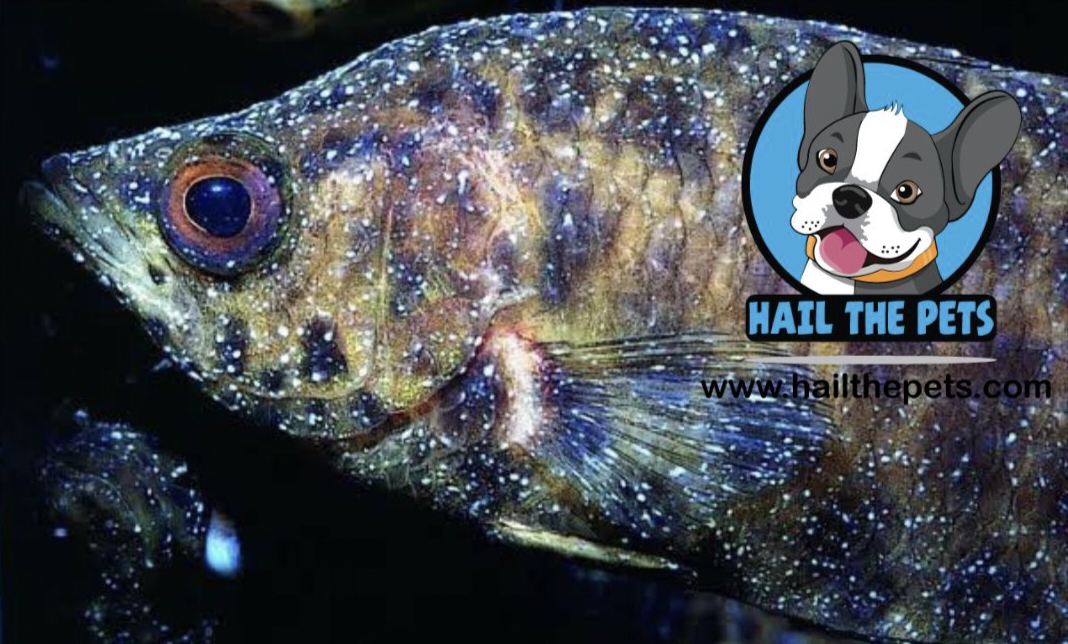
Prevention and Treatment
Copper at 0.2mg per liter is one the best treatment for golden dust disease. Also, you can use tryptamine in a 0.2% solution. But it is important to remember to change the water every day since both these chemicals are toxic to fish.
Gill Mites
Gill mites are parasitic fish diseases that are common for pet fishes. The parasite feeds on the blood and skin particles of the fish. Fishes under stress or going through a change have a higher chance of catching gill mites.
Read More: Creating a viable dog schedule for your canine: A guide for busy pet owners- July 2023
Symptoms
If your fish have gill mites, you will notice redness near their gills. Sometimes the gills open partially, which is also a symptom of gill mites. As these mites progress, the fish will develop breathing issues and gasp for air. Fishes may also appear tired because the parasites are depriving them of energy. If left untreated, it can cause the death of the fish and may even spread to other fishes in the tank.
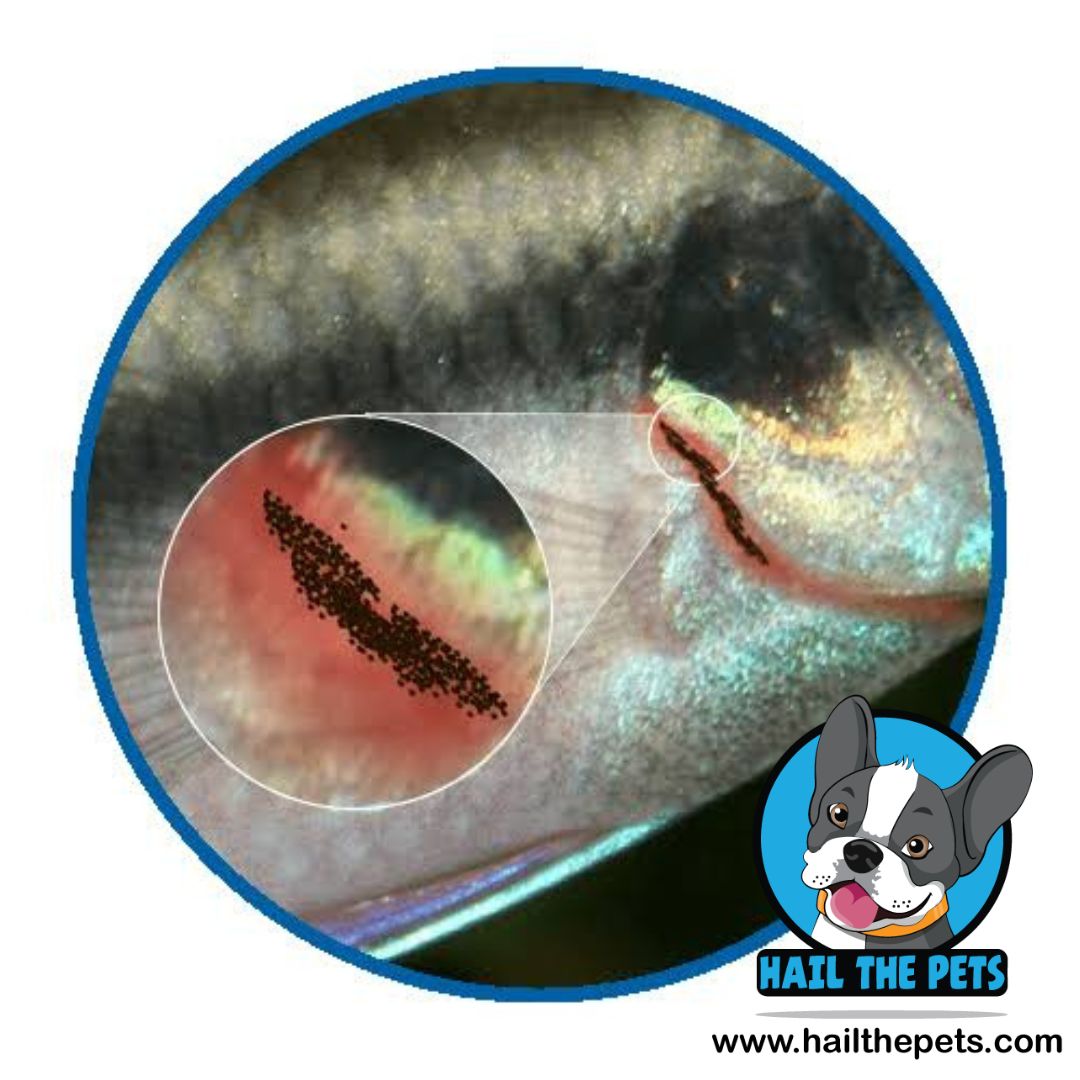
Prevention and Treatment
Gill mites are contagious, which means other fishes will catch these if you introduce a fish into a tank without quarantine. Make sure that the new fish does not have any parasites or diseases. One of the best products to treat gill mites is oozing and strain. You must apply these products for five days to kill the gill mites.
Hole in the Head
A hole in the head or a lateral erosion disease is a disease that affects both salt and freshwater fishes. As the name says, this fish disease forms a hole in the head of a fish. These lesions usually develop laterally on the flank. Cichlis, Oscar, and Discus are most commonly affected by these fish diseases.
Read more about eye disease of the fish: fish eye diseases
Symptoms
If your fish suffers from a hole in the head, you will notice lesions similar to dents on their skin. These are light depressions but can be more profound in an advanced stage of the disease. Some of the fish suffering from this disease may even stop eating.
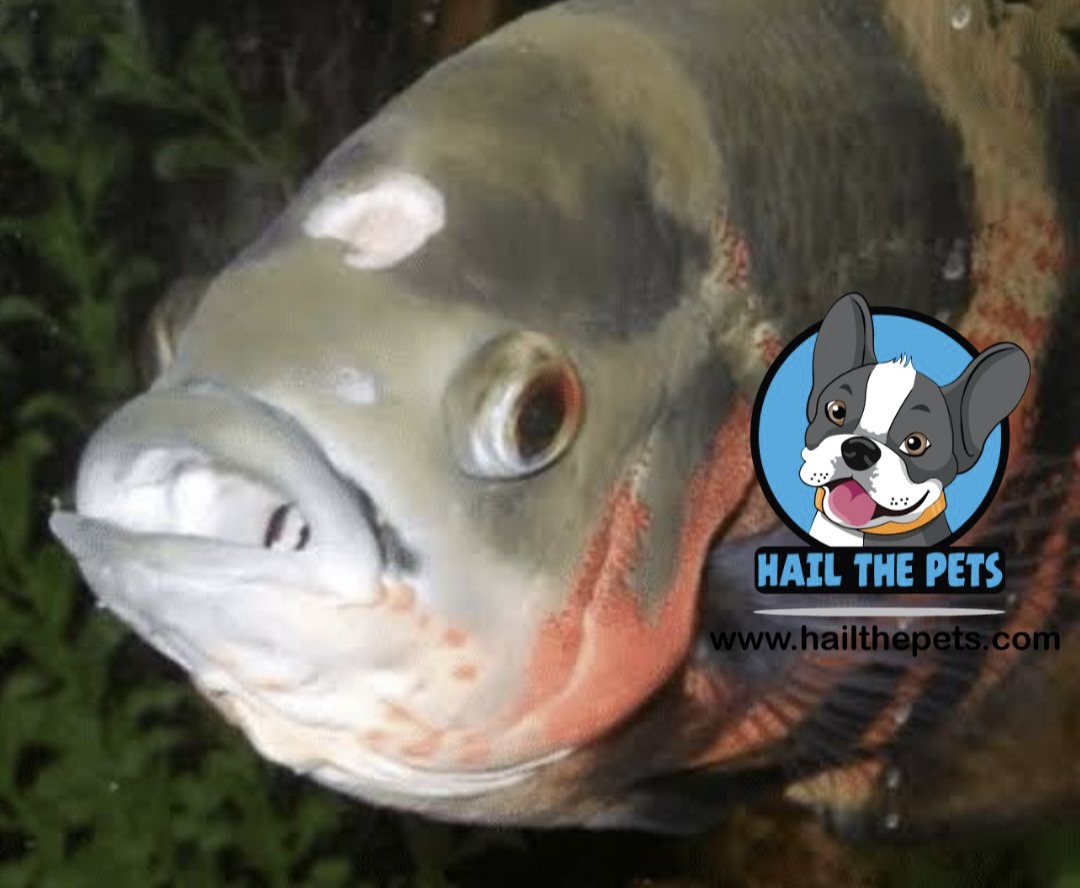
Prevention and Treatment
Vitamin deficiencies or poor quality water is one of the causative factors for this disease. When you notice these lesions on your fish head, change their water and check the pH and temperature too. You can improve the quality of food and add vitamin supplements.
Treatment for this disease includes quarantining the fish and treating it with metronidazole, an anti-infective medicine. You can also consult a fish expert to help you in such cases.
Read More: Basics of Cat Grooming: How to Maintain your Feline’s Overall Hygiene- July 2023
Swim Bladder Disease
A swim bladder is a fish’s internal organ that helps them to maintain their buoyancy. In this disorder, the swim bladder does not work correctly, so the fish can’t swim upright. It is a collection of several factors rather than a single disease. Swim bladder disease primarily affects gold fishes or Betta fishes.
Symptoms
You may see a fish floating on water or swimming abnormally, so they may seem dead. In reality, these fishes are suffering from swim bladder disease. These fish may sink at the bottom, swim sideways, or even upside down. They may have a distended belly and a curved back.
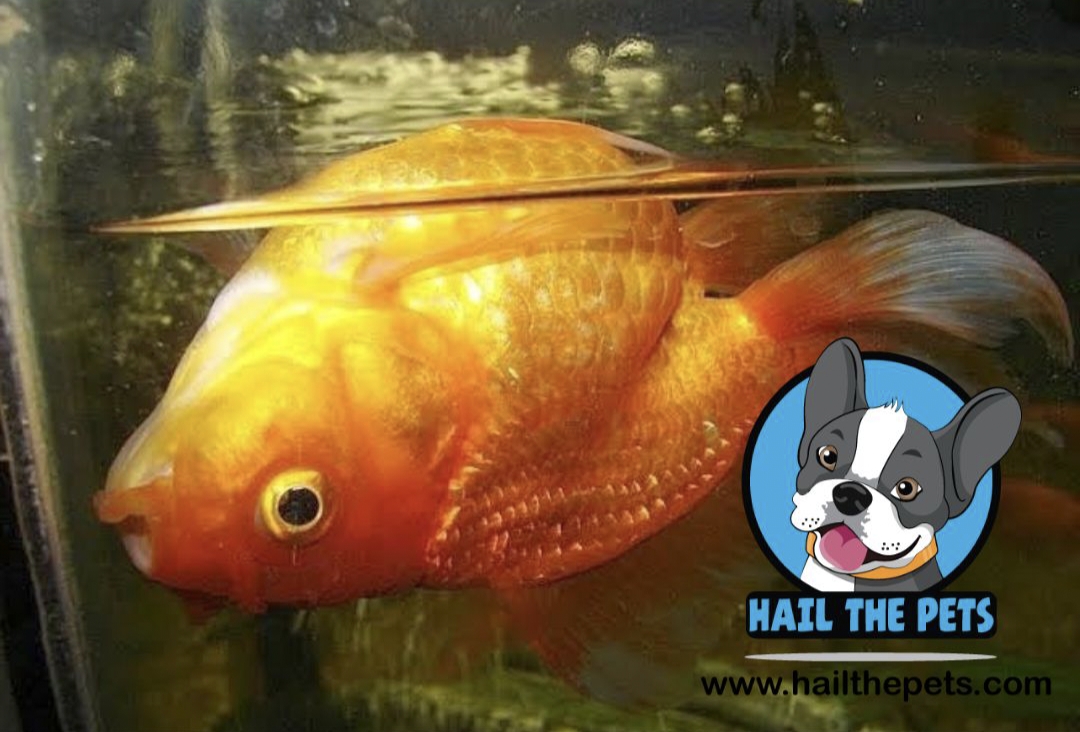
Prevention and Treatment
If diagnosed early and correctly, the swimming bladder disease is treatable. The key is to diagnose it early. You must keep the fish fasting for at least three days and fix the tank’s temperature. If the disease is because of an infection in the swimming bladder, then treating them with antibiotics will help.
FAQ
Do fish carry diseases?
General fishes are safe pets and do not carry diseases. But it is always best to ensure they do not have any illnesses that may affect your healthy aquarium tank. Quarantining new fish is best to avoid any contagious diseases that they may have.
What diseases can humans get from fish?
Some diseases are zoonotic, meaning they can transfer from animals to humans. Fish tank granuloma is one such example. The best way to prevent catching such conditions is to wear aquarium gloves while handling fish and maintaining fish tank hygiene.
Final Thoughts
If your fishes are sick or if you suspect that they may be getting sick, then taking preventive measures is the best thing to do. Consult a fish expert or a vet who can help you in this regard. Another preventative measure is to keep the water conditions ideal so that they do not develop any fish diseases in the future.
